Archaeologists in Mexico are adopting new strategies to preserve a unique set of artifacts linked to the oldest known ballgame found in Mesoamerica. Fourteen rubber balls discovered in 1988 at El Manatí in southern Veracruz are now the focus of a conservation effort by scientists from Mexico’s National Institute of Anthropology and History (INAH), the National Autonomous University of Mexico (UNAM), and the Universidad Veracruzana.

The findings are attributed to the Olmec civilization, which is often known as the “mother culture” of Mesoamerica. The Olmec emerged around 1800 BCE and flourished in present-day Veracruz and Tabasco. They are perhaps best known for their colossal stone heads, but rubber balls also played a key role in their rituals. Dating between 3,200 and 3,600 years old, the El Manatí balls are the oldest of their kind, discovered with wooden busts, stone axes, rubber skeins, and human remains in a ritual bog near Cerro Manatí.
Scholars have discovered that the artifacts were made of Castilla elastica, a tropical tree once common in the region. The balls vary hugely in size and weigh—from under five centimeters to more than thirty, and from 180 grams to nearly five kilograms—suggesting differing production techniques. Theories suggesting the addition of Ipomoea alba for elasticity have been ruled out by recent experiments.

For millennia, El Manatí’s waterlogged environment preserved the balls. After being excavated, however, they began to deteriorate. Though decades of monitoring have passed, no lasting conservation formula has been found. To slow their decay, researchers are designing an anoxia system—special storage cases that establish oxygen-free environments.

The project has unfolded in three stages. Between 2007 and 2013, conservators tested anoxia packaging, studied raw materials, and monitored microclimates. During 2014-2019, they continued with infrared spectroscopy, X-ray fluorescence, and accelerated aging tests, which gave additional insight into the vulnerabilities of the rubber. Starting in 2020, work has focused on optimizing conservation strategies, with UNAM’s cultural heritage laboratory leading the way. In 2025, the project will enter a new stage: designing custom anoxic cases tailored to each ball.
Along with this, researchers are using photogrammetry to create high-detail 3D models of the balls, so their shapes are preserved digitally even if the originals continue to deteriorate. The project also explores possibilities for future museum display, perhaps at the National Museum of Anthropology or the Museum of Anthropology in Xalapa.

The Olmec rubber balls are more than mere technical ingenuity. They were the origins of the Mesoamerican ballgame, a ritual and symbolic activity that endured for centuries. Played on stone courts without the use of hands, the sport was linked to cosmic cycles, fertility, and mythological warfare between death and life. Its influence remains today in traditional forms like Pok-ta-Pok in the southeast and Ulama in northern Mexico, where balls are still being made from Castilla elastica.
Maintained in controlled conditions at the INAH Veracruz Center, the El Manatí balls are a fragile but resilient heritage. With the coming together of high-tech science and cultural heritage research, archaeologists hope to secure their survival while showing respect for one of the oldest known sporting traditions in human history.



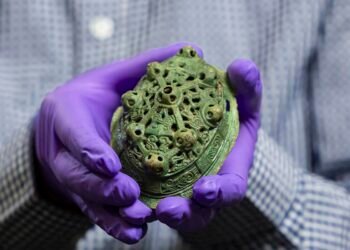
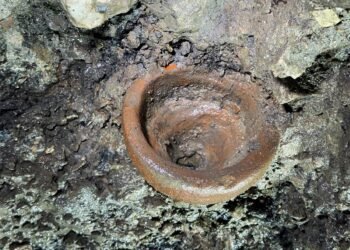
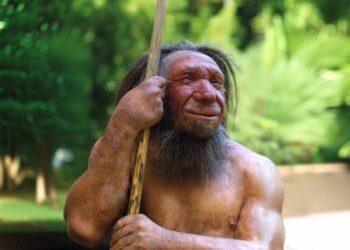
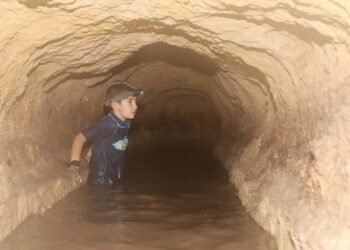
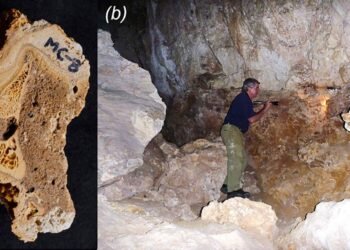
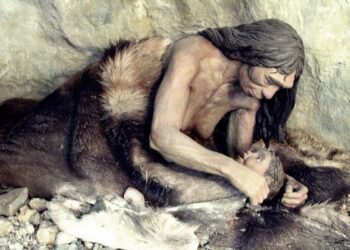















Comments 0